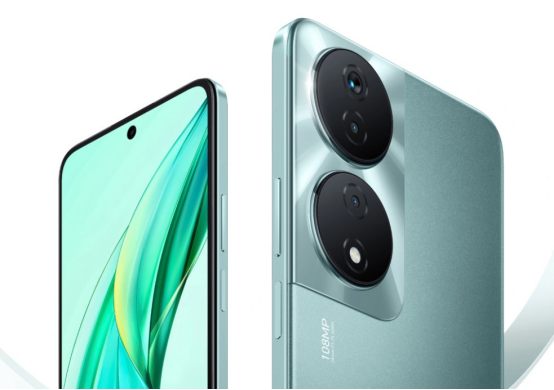Smartphone screens have become an indispensable part of daily life, serving as windows to a virtual world of information, communication, and entertainment. However, the intricate process behind the creation of the images displayed on these screens often goes unnoticed. Let's delve into the fascinating journey of how images are formed on smartphone screens.
Delving Into the Dynamics of Smartphone Screen Imaging
Digital Signal Processing
The process begins with digital signal processing (DSP). When you interact with your smartphone, whether by typing a message, capturing a photo, or streaming a video, these actions generate digital signals. These signals undergo processing by the device's chipset, which interprets the data and converts it into a format that can be displayed on the screen. This conversion involves numerous algorithms to optimize image quality, color accuracy, and contrast.

Rendering and Graphics Processing
Once the digital signals are processed, the smartphone's GPU (Graphics Processing Unit) takes over. The GPU is responsible for rendering the visual elements of the user interface, apps, games, and multimedia content. It processes complex mathematical calculations to generate images and animations in real-time. Whether you're scrolling through your social media feed or playing a graphics-intensive game, the GPU works tirelessly to ensure smooth and responsive visuals.
Display Panel Technology
The rendered images are then transmitted to the display panel, where the magic truly happens. Smartphone displays utilize various technologies such as LCD (Liquid Crystal Display), OLED (Organic Light-Emitting Diode), or AMOLED (Active Matrix Organic Light-Emitting Diode). These technologies employ different methods to illuminate pixels and produce colors. In an LCD screen, for instance, liquid crystals modulate the passage of backlight to generate images, while OLED and AMOLED displays emit light directly from individual pixels, enabling deeper blacks and more vibrant colors.
Pixel Matrix Formation
Regardless of the display technology, all smartphone screens consist of a grid of tiny pixels. Each pixel is a miniature light-emitting unit capable of displaying different colors and shades. When the rendered images reach the display panel, they are mapped onto this pixel matrix. The smartphone's display controller coordinates the activation and deactivation of individual pixels according to the content being displayed, resulting in the formation of coherent images. The HONOR X7b 5G features a 6.8-inch LCD screen with a resolution of 2412 × 1080, displaying vivid images with 16.7 million colors for a clear and lifelike viewing experience. You can see the details on the HONOR website.

Refreshing and Updating
As you interact with your smartphone, the images on the screen continuously refresh and update to reflect changes in content or user input. This process, known as refresh rate, is measured in Hertz (Hz) and determines how many times per second the screen redraws itself. A higher refresh rate contributes to smoother motion and reduced motion blur, enhancing the overall viewing experience, especially during fast-paced activities like gaming or scrolling.
Conclusion
The journey of an image from digital data to vibrant visuals on a smartphone screen involves a sophisticated interplay of digital signal processing, rendering, display panel technology, pixel matrix formation, and refreshing mechanisms. Understanding this process not only deepens our appreciation for the technological marvels we carry in our pockets but also underscores the incredible advancements in display technology that continue to redefine our digital interactions.
